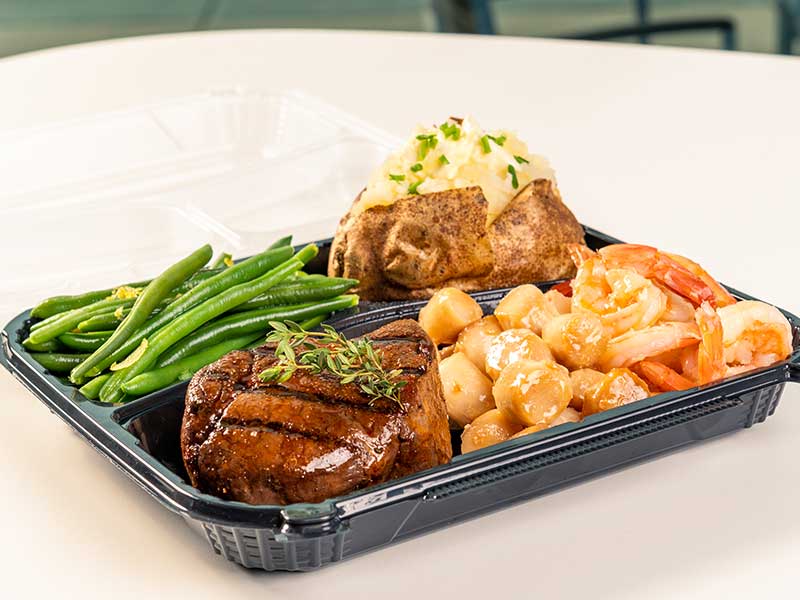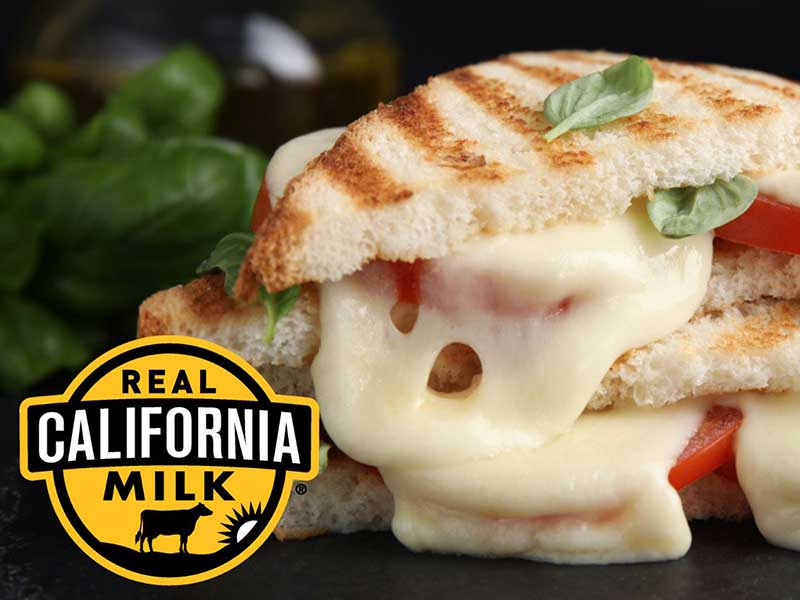If you’re not selling swag for your food business, you’re missing out on a valuable marketing opportunity and potential revenue stream.
If your restaurant has a great vibe, it’s time to consider packaging it up and selling it to your customers in the form of swag. Swag is promotional merchandise that in some way references a brand. It’s also a great way to cultivate your best customers and turn them into your ambassadors. If you want to set your brand apart with memorable merchandise that people actually want, it’s time to think beyond the t-shirts and tumblers. Here’s how.
Know Your Brand
The first step in creating cool swag is to understand your brand both aesthetically and practically, meaning you need to have a firm grasp on your brand style - the colors, fonts, and decorative elements that are connected to your business.
Ideally, the graphic design or branding team that originally created your logo, website, menu, and other materials should have provided this for you. If some time has passed since you’ve created those pieces, in many cases a good graphic designer can identify what would work with your existing branding.
Once you’ve nailed down the look, it’s time to think about what your brand conveys to your audience - are you upscale, casual, contemporary, old fashioned, clever, serious? These are all elements of your overall brand that will speak to what kind of swag you want to create. For example, if you’re a beachy shrimp shack, a branded boogie board or sun visor would be cute, practical, and on-brand. Obviously, that wouldn’t be the case for an upscale seafood restaurant. Perhaps for a concept like that, a branded oyster shucker and bucket would help relate your brand story to your audience. It’s all about thinking about what makes sense for your guests.
Keep a mood board on Pinterest for inspiration, and capture ideas as they come your way so that when you’re ready to make a marketing spend on swag, you can be sure that all your best ideas are in one place.
Choose Your Signature Swag
One approach is to choose one or two items at most that are quintessential for your brand, something no one else offers. T-shirts, hoodies, and coffee mugs are a dime a dozen, and thus, not very special. We worked with a client who opened an ice cream shop, and she brought on a design team to create custom ice cream pint koozies. That’s the kind of memorable, fun swag that people clamor for. The client was able to include them as an exclusive item available for people who signed up for a “Pint Club,” further incentivizing people to sign up for the subscription.
One way to decide what your signature swag will be is to look at your menu: What are the go-to items that you’re known for or that you’d like to be known for? Build on those items to come up with appropriate swag. Another client we work with is known for their incredible tequila selection, so we brainstormed creating an exclusive, branded wooden tequila shot glass set - perfect for gifting and available at a price point that is complementary to their menu.
How Will You Sell Your Swag?
Swag is first and foremost a promotional item, so assume that some of it will be given to your staff and guests as well as at any off-site events you participate in, such as food festivals. Be generous with these items because, after all, they are doing marketing work on your behalf as soon as they go out into the community.
Consider your staff to be your best swag models, whether it’s wearable or can be demonstrated by FOH staff to guests at the table. Include a few notes in your server script about relevant swag to casually upsell when the timing is right. Create a well-merchandised display at a highly visible location in your restaurant. Typically, the entrance or guest check-out are good locations for visibility. Make sure the display is well-stocked and engaging.
You should also add your swag to your website - after all, these should be great gift options that people would love to send to their friends and family! Consider bundling up an item or two with a gift card. Talk to your web designer about adding a simple ecommerce function and make sure to address any shipping costs so that you do not incur those on your end. Suggest restaurant pick-up as an option for in-town orders, and turn an online sale into an opportunity to draw guests to your location, but make sure to train staff on how to handle these orders properly to avoid frustration points for either the staff or the guest.



